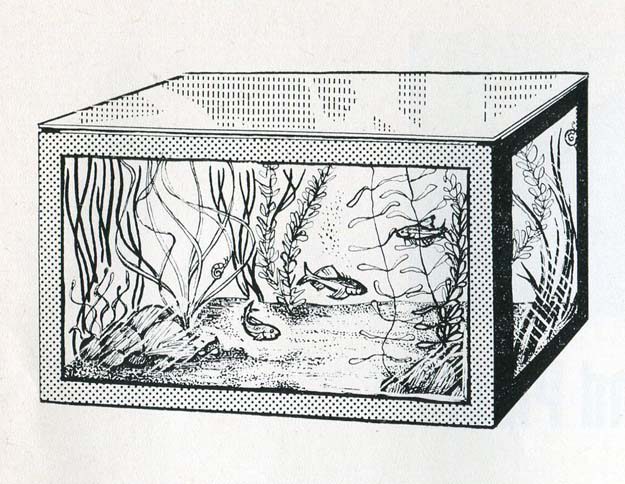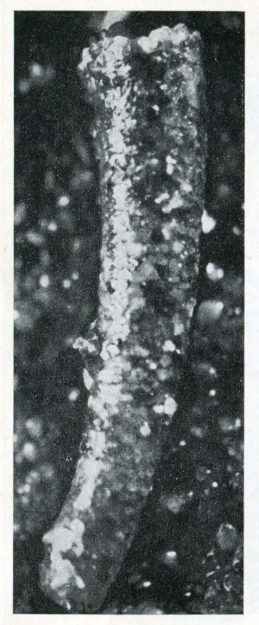Charles J. Crossan, A Teacher’s Guide to Biology in the Primary School, Londres, Collins, 1966, p. 142.
Larvae of these flies are aquatic, being found in stagnant and running water everywhere. They make attractive cylindrical case to house their long soft bodies, leaving the heads and legs free to drag the case along wherever they go.

Each species of caddis fly has its own special building material some using sand, small pebbles, pieces of twig, or hollow branches of reeds. From the shape and character of each case the expert can determine the species of the occupant.
Larvae of the caddis fly do well in the simplets aquarium. There is nothing to prevent each pupil having some in his or her own jam jar. The larvae need little attention apart from the provision of some pondweed or mud and gravel from the place they were collected. The aim should be to have as wide a variety of cases as possible.

The larvae are obtained by sweeping a net over the bottom of the homepond or stream and transferring any likely-looking cases along with the sediment to a jam jar. When the larvae are disturbed, they withdraw completly into their cases, but soon reappear again.
Never attempt to pull the larva from its case as it will break in two, but gently insert a piece of straw into the back of the case and it will soon vacate it. When its case has been removed the larva will start to buld another one, giving a display of craftsmanship which will interest and amaze everyone. It will select material and then shape and cement it together with silken strands spun from silk glands on its head, after the fashion of the silk worm, to make a strong exterior to its home , the inside being lined with a covering of silk.